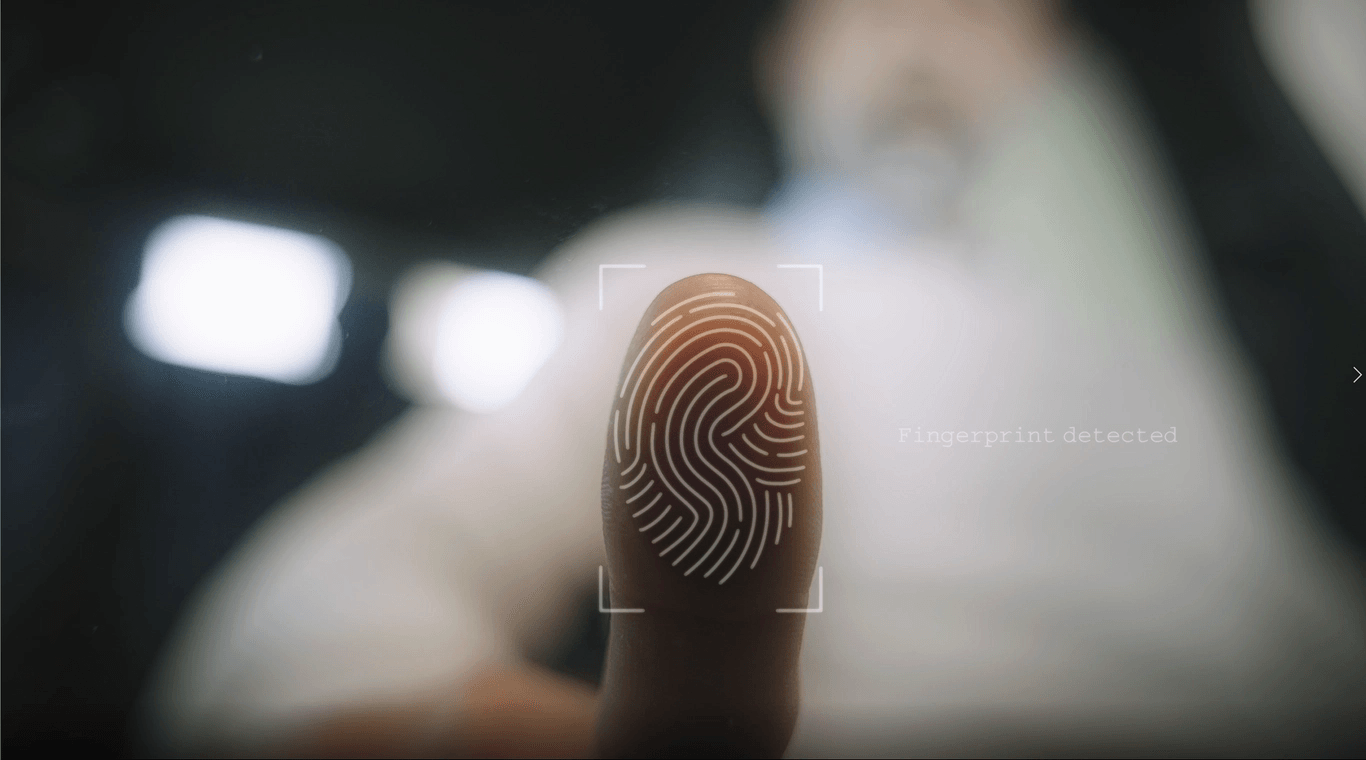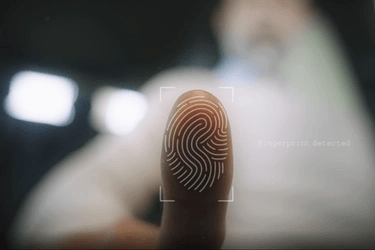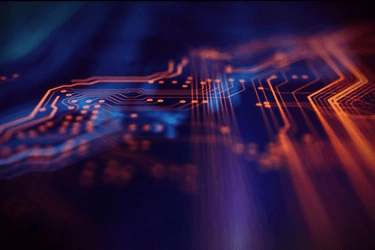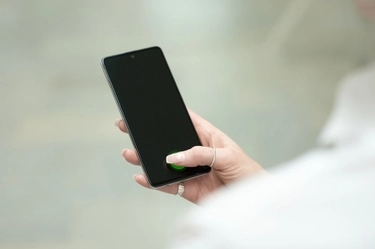
Fingerprint recognition
Learn how fingerprint recognition ensures reliable identity verification across various applications.
What is fingerprint recognition
Fingerprint is one of the most established and trusted biometric modalities. It works by analyzing the unique ridges and patterns of an individual’s fingerprint to confirm identity. For decades, it has been a trusted method for secure and reliable verification across industries.
Fingerprint sensors capture an image of the finger's surface, analyzing unique features such as ridge flow, bifurcations, and other distinctive patterns. Advanced algorithm then compare this data against stored templates to determine a match, providing fast and highly accurate verification
Why its widely adopted
One of the greatest advantages of finger recognition is it simplicity. Users just place a finger on the sensor, and a verification happens in seconds. This straightforward process makes it user-friendly, even in high-traffic environments. Fingerprint recognition systems are also cost-effective and compact, making them easy to integrate into devices like smartphones, ATMs, and physical access points.

Key applications
From unlocking mobile devices to securing sensitive workplaces, fingerprint recognition's versatility has made it a go-to solution. It's used in financial services for customer verification, in healthcare for staff access to confidential records, and in government programs for managing national ID's.
Example of applications
- Mobile devices
- Workplace access control
- Banking and payments
- National ID programs
- Healthcare verification
- Time and attendance
Security and challenges
While fingerprint recognition is robust, it's not without challenges. Physical wear and tear on sensors can reduce their lifespan, and certain environmental conditions like wet or dirty fingers can affect accuracy. Additionally, as spoofing techniques evolve, fingerprint systems must continuously adapt to ensure they remain secure. Modern systems address these challenges with features like liveness detection and AI-driven updates that recognize subtle differences between real and fake fingerprints.
Looking to the future
Fingerprint recognition continues to evolve, blending proven reliability with the latest advances in artificial intelligence. Future developments will likely focus on improved spoof detection, faster matching speeds and even better performance in diverse environments. As identity verification becomes increasingly critical in our connected world, fingerprint recognition's role as a secure and convenient modality is set to remain essential.
Related products
Discover our offering related to fingerprint recognition.

Talk to our experts
Have a question related to fingerprint recognition or interested in learning more about our products? Get in touch with our team today!
Start a conversation



